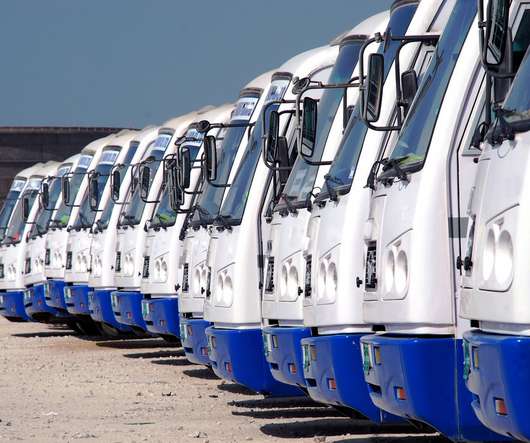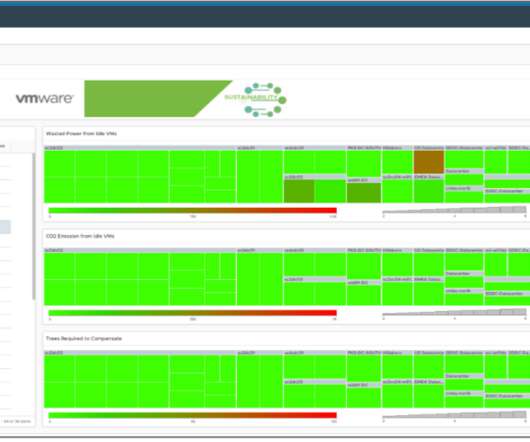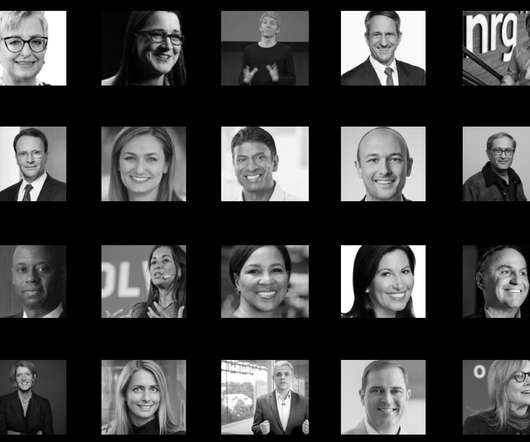The top 25 most sustainable fleets
GreenBiz
OCTOBER 26, 2020
Thanks to converging forces — including supportive policies, dropping battery costs and aggressive climate goals — transportation leaders at large and small organizations are increasingly turning to new zero-emission and low-carbon options that decarbonize fleets and in some cases save money. City of Oakland.













Let's personalize your content